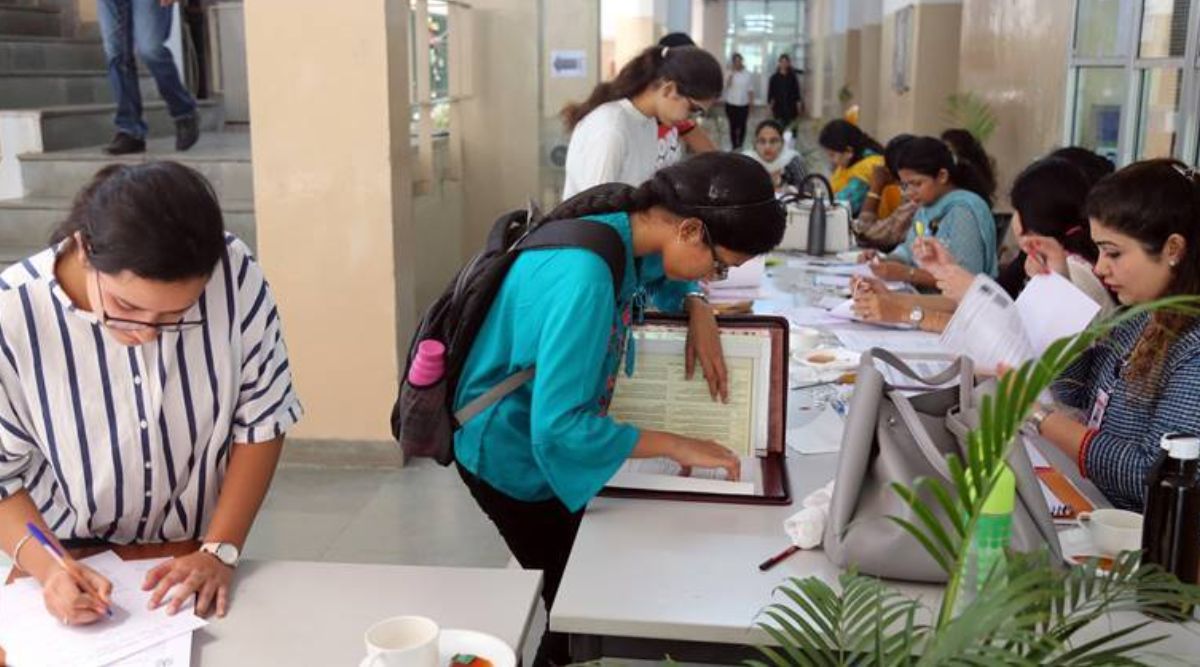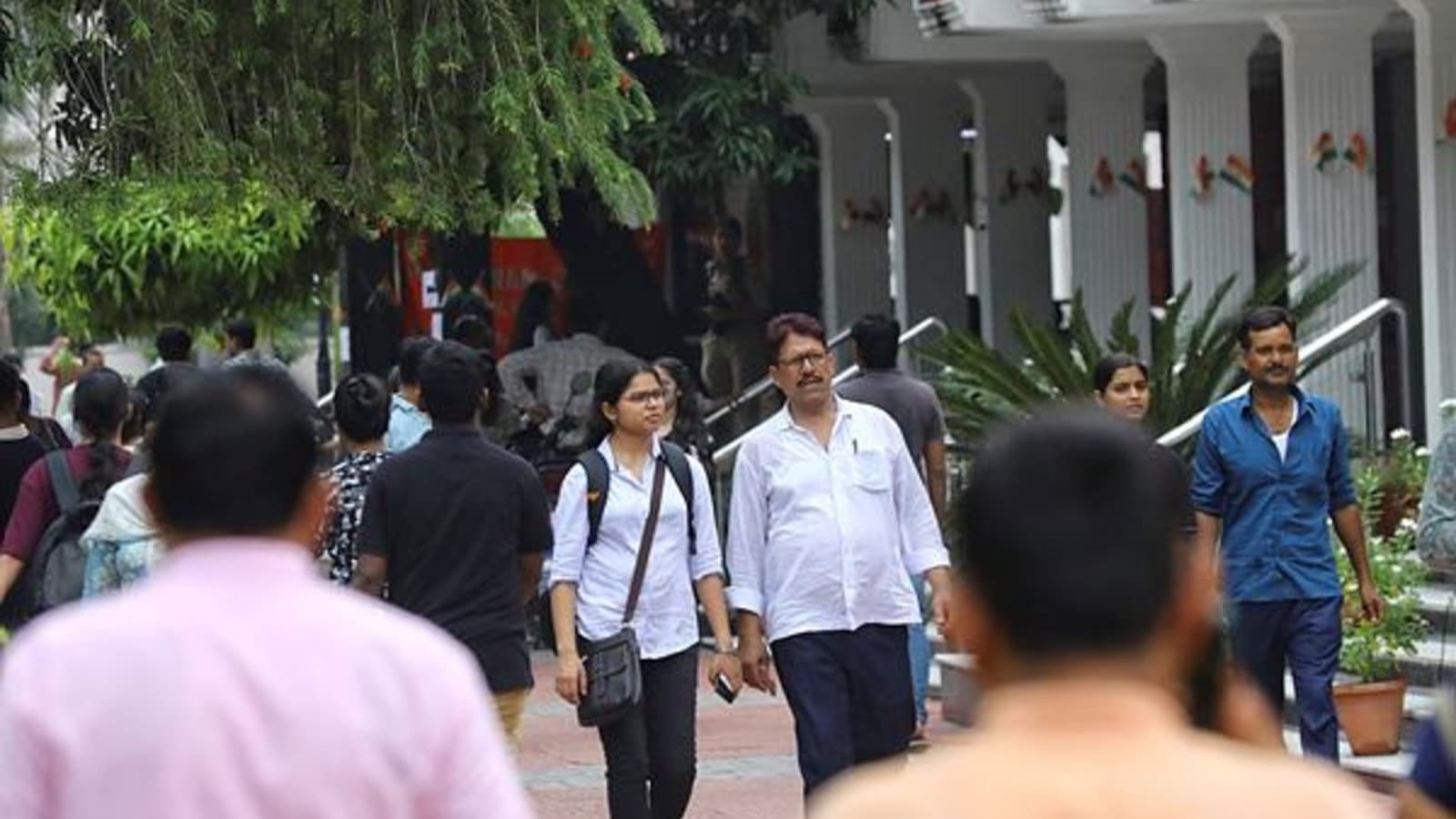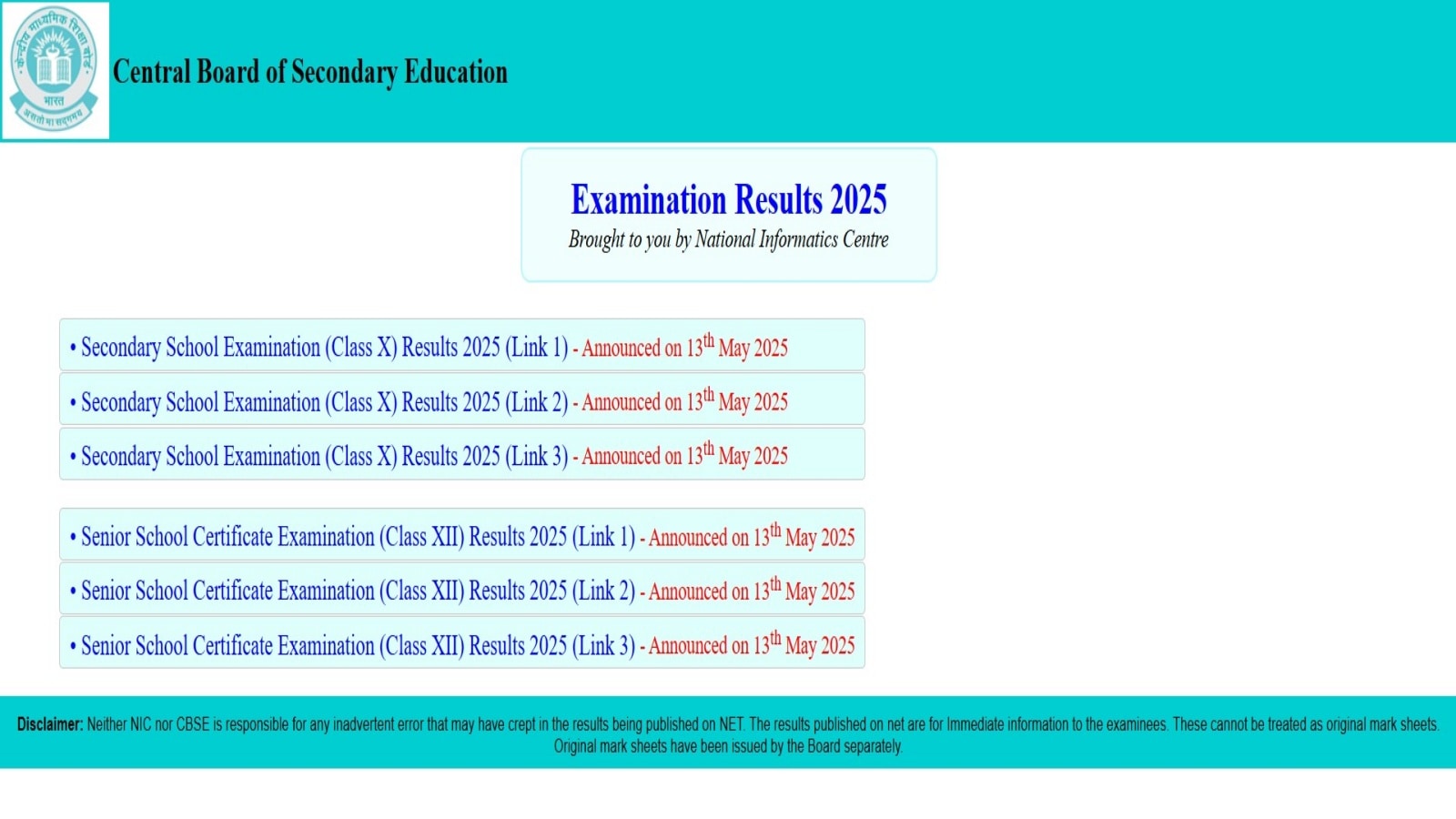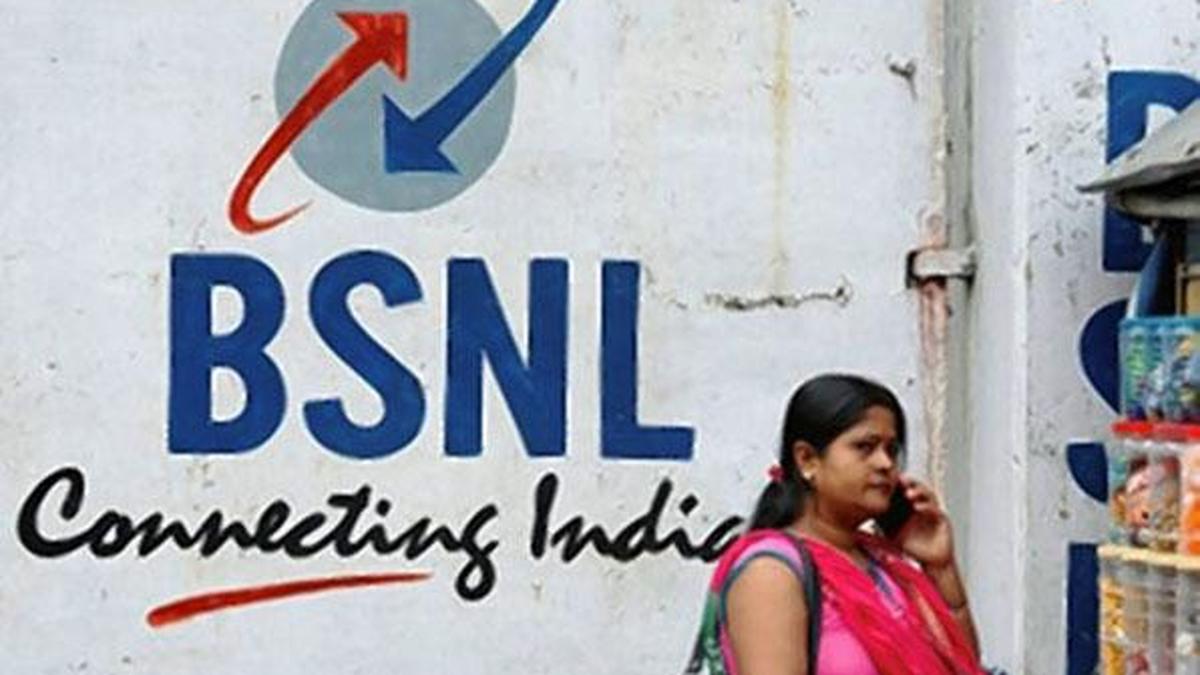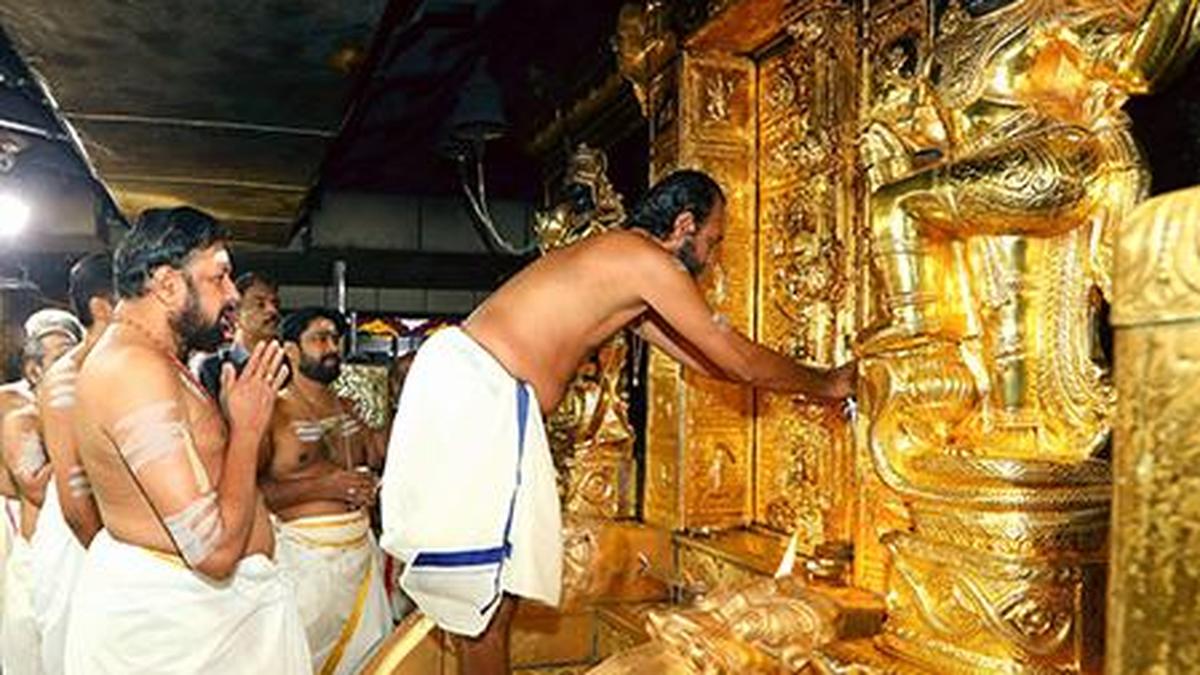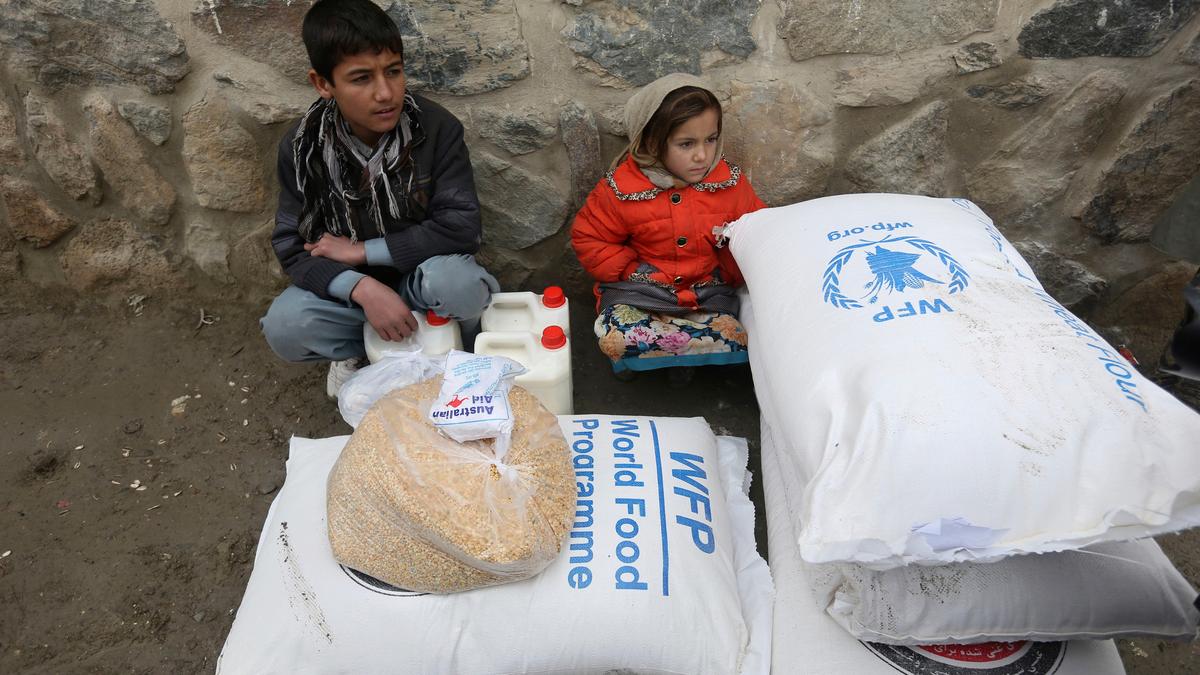Candidates scored fewer marks in this year’s National Eligibility cum Entrance Test, the exam for getting admission into medical colleges. The Indian Express has reviewed the score range data since 2017, when NEET-UG was introduced.
(see box).
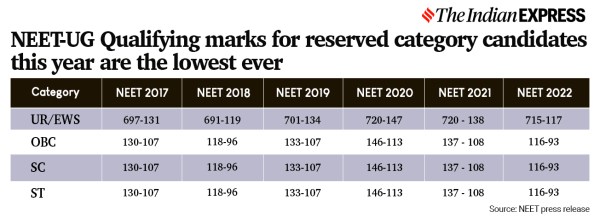 (Graphics by Abhishek Mitra)
(Graphics by Abhishek Mitra)
The NEET-UG score range required to be in the 40th percentile — which happens to be the cut-off percentile for reserved category candidates — is at an all-time low this year.
This year, the score range to be in the counselling qualification percentile for candidates from the Scheduled Caste (SC), Scheduled Tribe (ST) and OBC (non-creamy layer) categories is 116-93. This is a sharp decline from last year’s score range, which was at 137-108. This is also lower than the previous all-time low in 2018 (118-97).
At the same time, the score range to reach the cut-off percentile for general category candidates also declined — from 720-138 in 2021 to 715-117 this year. The decline, however, is not as marked.
Experts who spoke to The Indian Express said the drop in marks could be because of multiple reasons. “There are year-to-year variations in the cut-offs for any competitive exam depending on the pattern of the question paper. Perhaps, it was a tough question paper this year,” said the dean of a medical college in Delhi, requesting anonymity.
Another dean pointed to the pandemic-induced lockdown, online classes and varied accessibility to resources as possible reasons behind the drop in the score range to be in the cut-off percentile for the reserved category.
“When it comes to those belonging to different categories, if you look at the last two years, who was going to school? Who went to the coaching centres? No one. Everything largely happened online. And, when we talk about the have-nots, it affects them more. A student from Delhi can perhaps attend all classes online. Accessibility was an issue for people from poorer households and those who live in far-flung areas. How could they have assured uninterrupted power and internet connection?” said Dr Yatish Agarwal, Dean of the University School of Medical and Paramedical Health Sciences at Guru Gobind Singh Indraprastha University.
!function(f,b,e,v,n,t,s)
{if(f.fbq)return;n=f.fbq=function(){n.callMethod?
n.callMethod.apply(n,arguments):n.queue.push(arguments)};
if(!f._fbq)f._fbq=n;n.push=n;n.loaded=!0;n.version=’2.0′;
n.queue=[];t=b.createElement(e);t.async=!0;
t.src=v;s=b.getElementsByTagName(e)[0];
s.parentNode.insertBefore(t,s)}(window, document,’script’,
‘https://connect.facebook.net/en_US/fbevents.js’);
fbq(‘init’, ‘444470064056909’);
fbq(‘track’, ‘PageView’);


